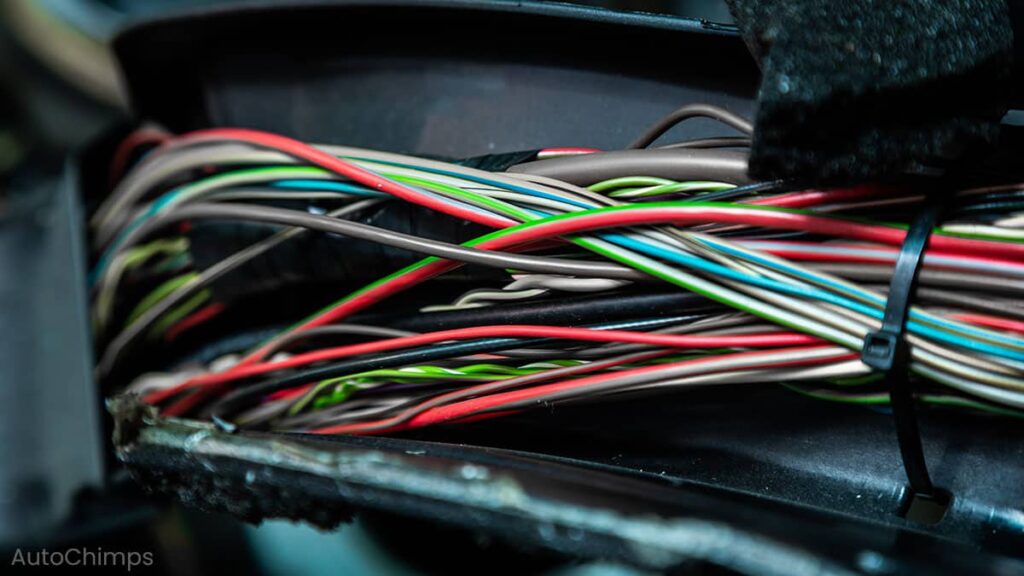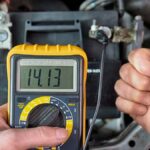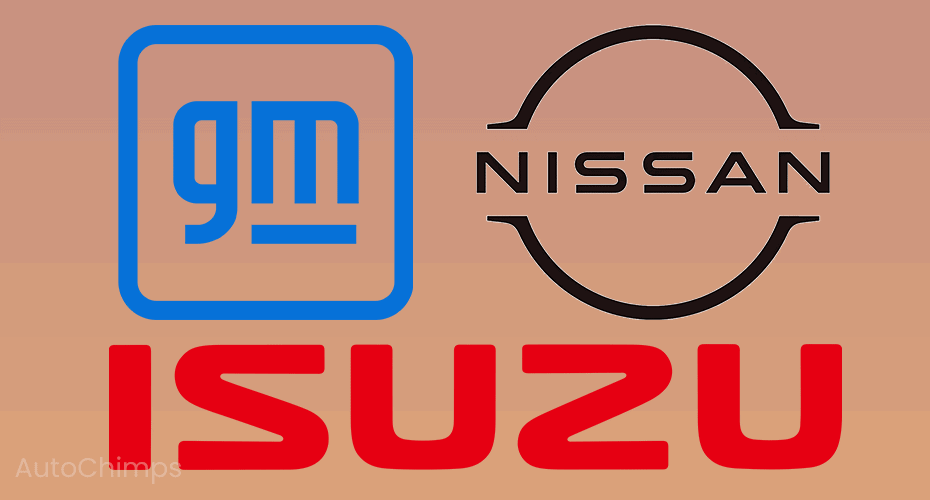
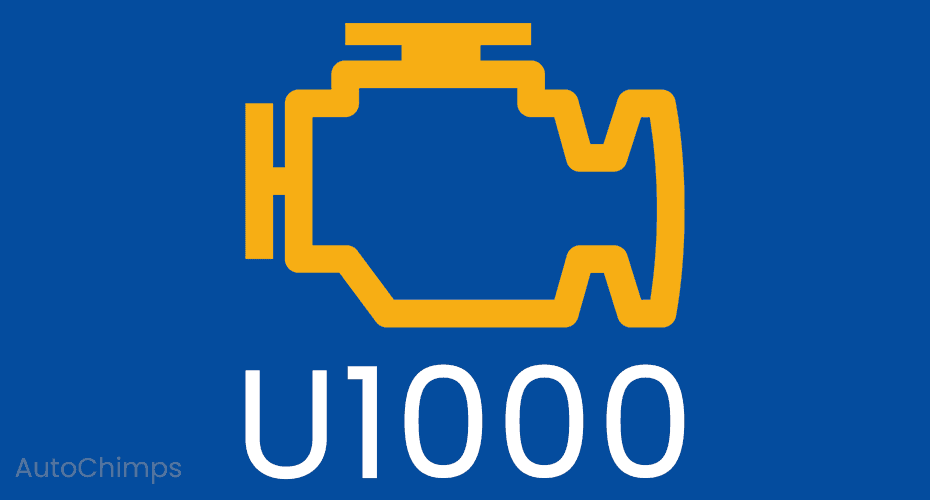
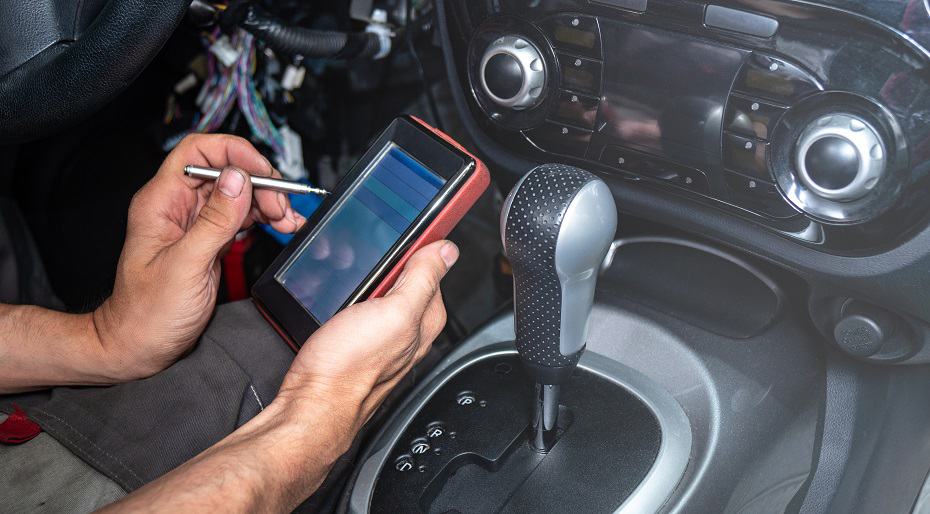
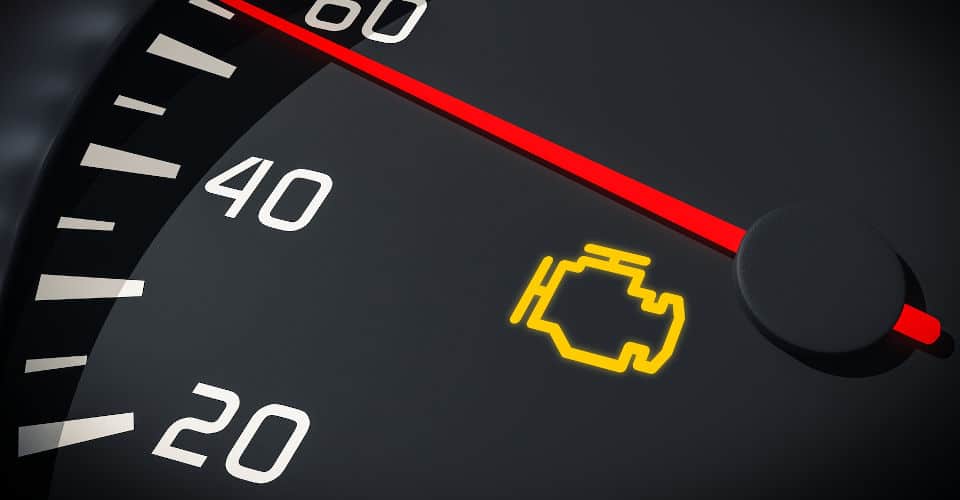



Understanding the U1000 Code: What It Means for Your Ride
Seeing the U1000 code pop up on an OBD II reader? It’s a bit of a head-scratcher. This code generally points to a Communication Network Malfunction, but it’s not one-size-fits-all. Each car maker has its own spin on what it means. Let’s break it down and see what’s really going on under the hood.
Manufacturer-Specific Code

The U1000 code isn’t universal; it mainly affects certain manufacturers, including:
- GM (Chrysler, GMC, Chevrolet, and Buick)
- Nissan (including Infiniti)
- Isuzu (owned by Mitsubishi)
While any vehicle can experience this “communication hiccup,” other brands have their own unique fault codes.
DTC U1000 Meaning

So, what’s the deal with the U1000 code? It’s all about a “Communication Malfunction.” But don’t worry—it’s not about the hands-free system acting up. This is more about an issue with the CAN, or Communication Area Network.
The CAN is like the nervous system of the car, connecting all the different modules. In a modern ride, that could mean over 100 modules working together. If the CAN goes down, things can get messy fast.
Depending on the make of the vehicle, other codes might show up too, like:
- CAN Communication Circuit
- CAN Communication Line – Signal Malfunction
- Class 2 Communication Malfunction Conditions
- Class 2 Communication ID Not Learned
But really, they’re just different ways of saying the same thing.
Symptoms of a U1000 Code

The most obvious sign? The Check Engine Light lighting up and that pesky code showing up on the OBD II reader. Often, that’s the only symptom to worry about.
But if the issue is serious, it could lead to bigger problems. For instance, if the Engine Control Module (ECM) can’t send engine speed data to the Transmission Control Module (TCM), the car might not know when to shift. Symptoms can include:
- Engine stalling
- Hesitation and jumping
- Poor acceleration
- Failure to start
These symptoms can mimic other issues, like misfires or fuel injection problems, so keep an eye out.
What Causes a U1000 Code?

First off, it’s important to note that a U1000 code isn’t a driver’s fault. There’s nothing that could’ve been done to prevent it.
This code often pops up due to issues in the manufacturer’s electronics design. Over time, problems can arise from:
- Improperly coded modules causing glitches
- Dirt, debris, or water getting in and causing failures
- Electrical problems like rusted connections
Other codes might show up alongside the U1000, which can help narrow down the issue. If it’s just the U1000, try clearing the codes, restarting the car, and see if it comes back. Sometimes it’s just a temporary glitch.
How to Fix the U1000 Code

Finding any engine code means it’s time for a closer look. After clearing the codes and restarting, it’s smart to check for any Service Bulletins related to the issue.
Most folks can’t dive deep into ECU diagnostics themselves. This is where a pro comes in handy. Messing with Control Modules can lead to some serious headaches, so it’s best left to the experts.
If the quick fixes don’t work, a thorough diagnosis is the way to go. Ignoring it could lead to bigger problems down the road.
DTC U1000 Repair Costs

Let’s be real: getting into the ECU can hit the wallet hard. It’s tough to pin down the exact cost until the issue is diagnosed. Expect to fork over at least $1,000, and possibly more if new modules are needed.
Before heading to a shop, get estimates. A smart move is to go straight to automotive electricians. They might charge more upfront, but they have the expertise to handle ECU issues without needing to outsource the work.
Also, check for any official Service Bulletins. Brands like Nissan have issued recalls for Communication Network issues that might get fixed for free.

